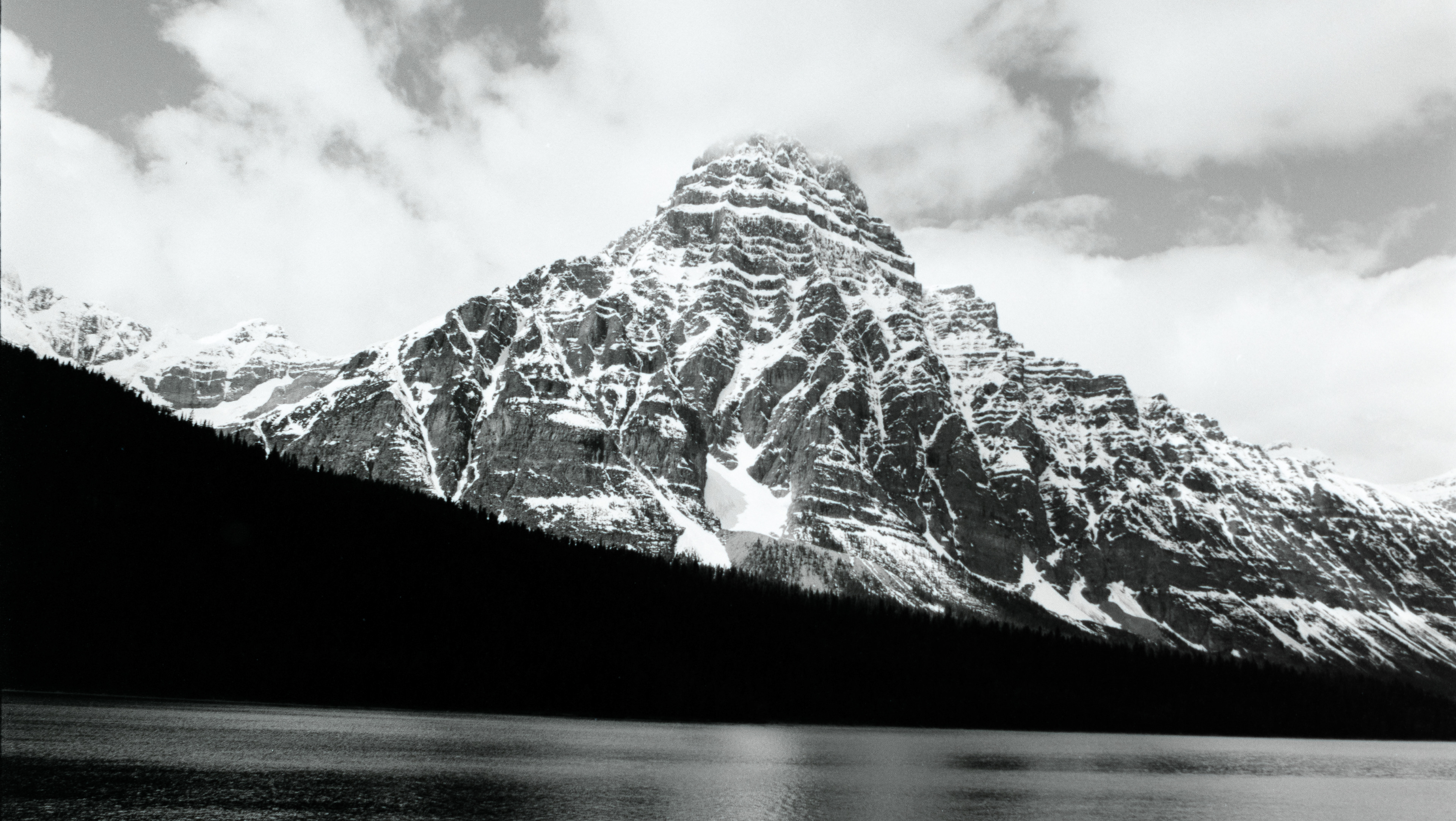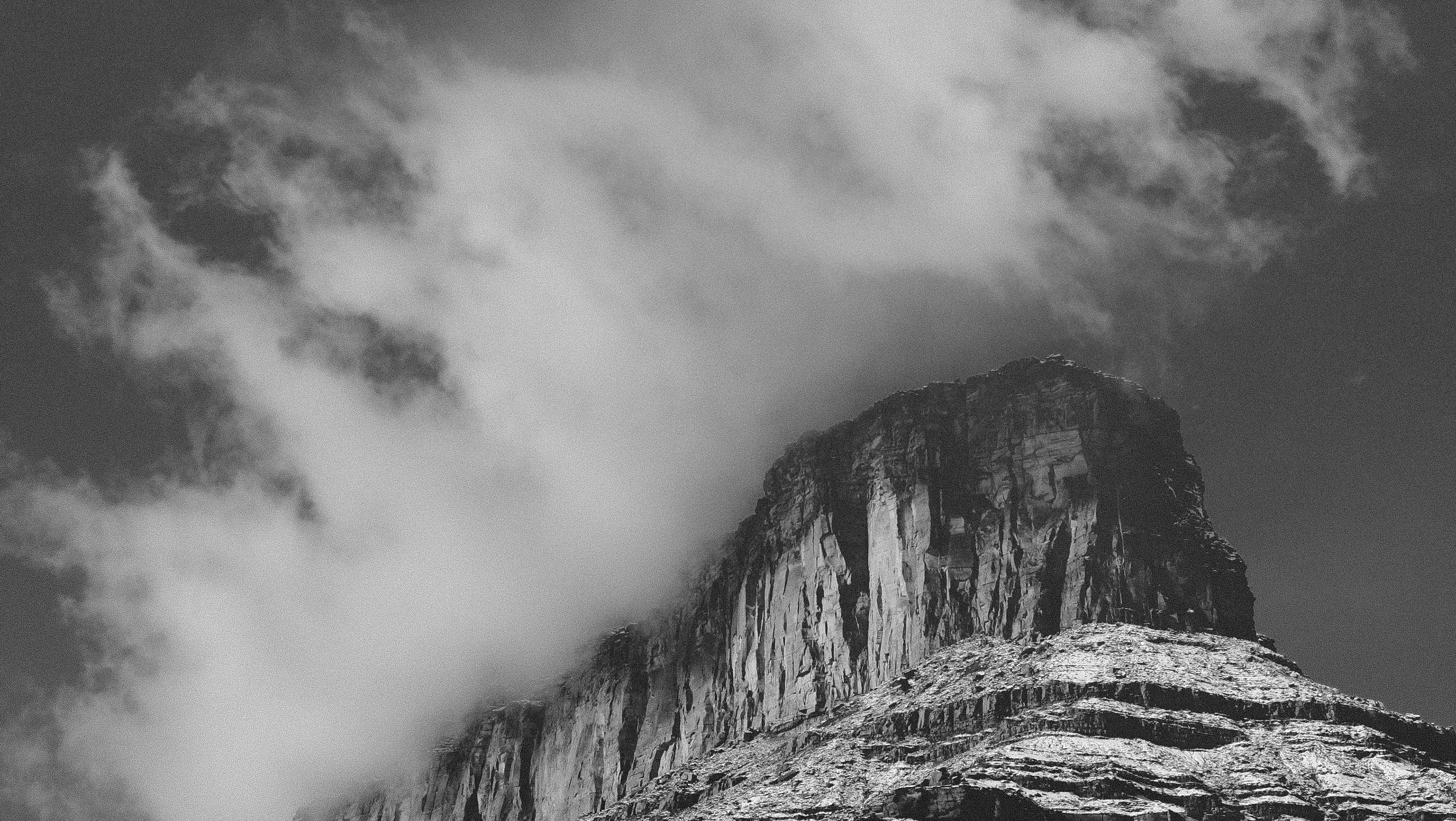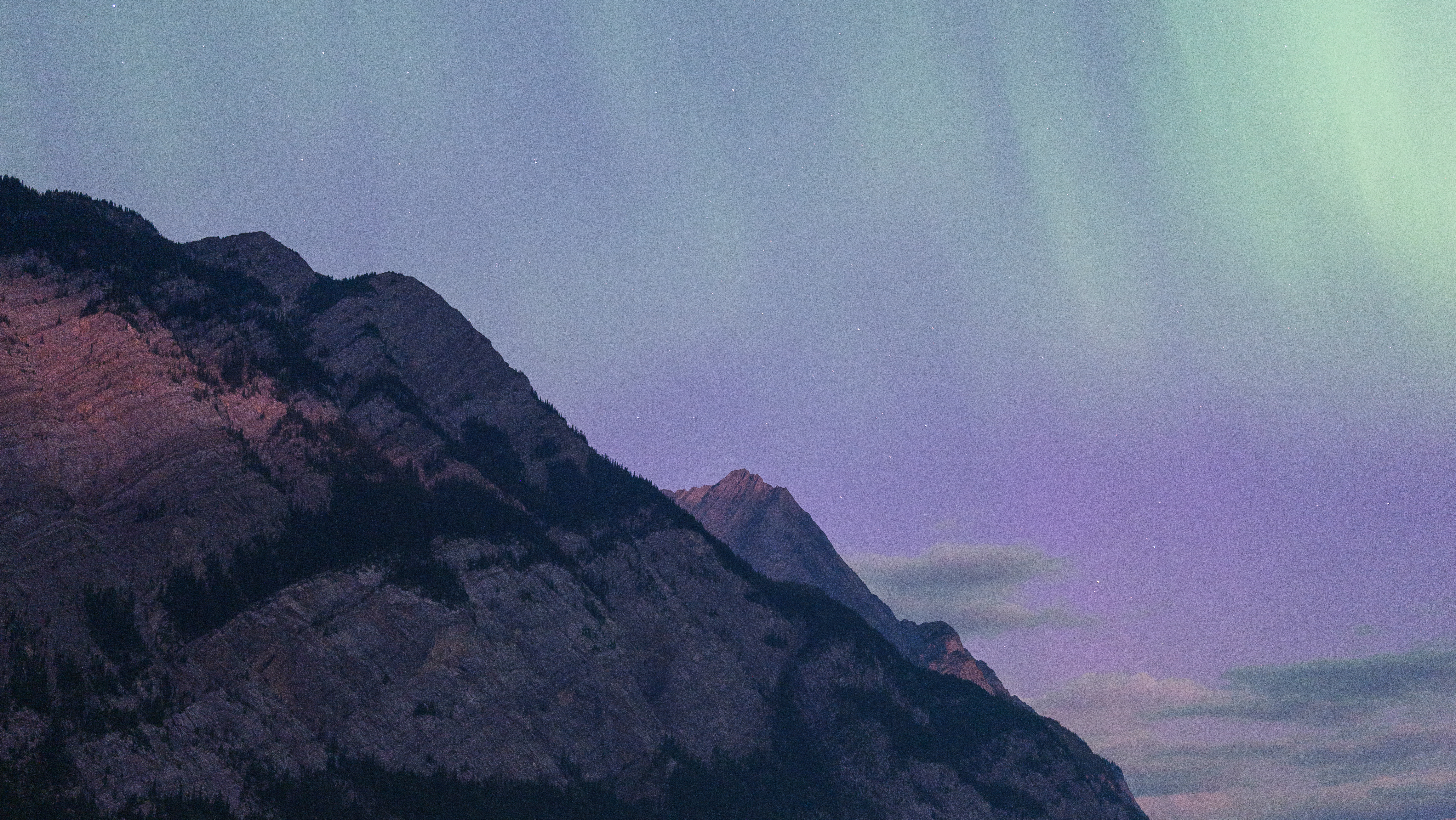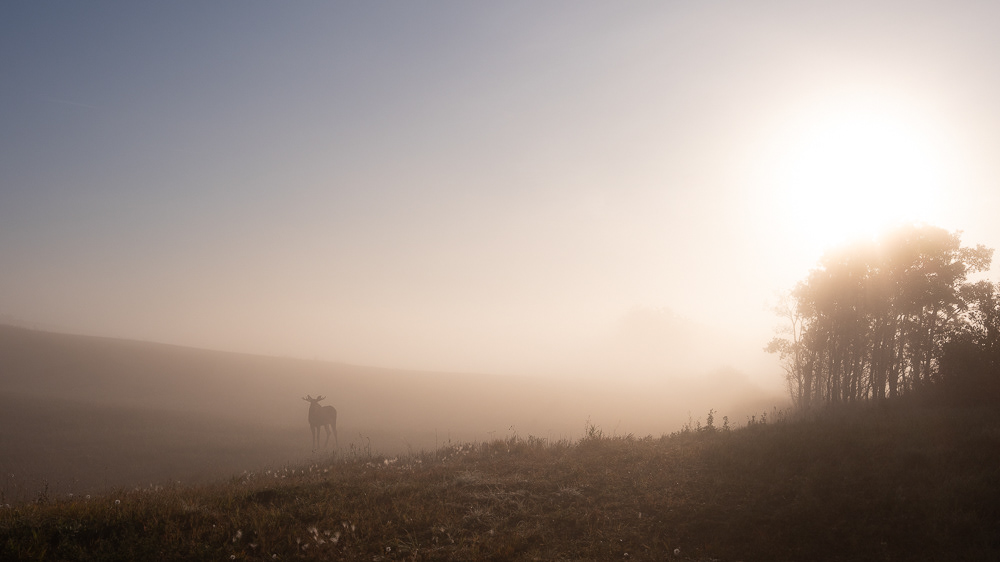This may seem like a no brainer, but scanning your film via digital camera relies upon capturing sharp, in-focus images. To do so, usually a tripod/copy stand is used to combat slow shutter speeds and a macro lens comes in handy to get close focus on your negatives. From there, your camera should be set for it's lowest native ISO and the lens' aperture set at its sharpest position (probably f/8 or f/11).
You may ask though, "what if I leave my aperture wide open"? Well, you probably wouldn't need that tripod anymore as your shutter speeds would be able to be much quicker. Beyond that, however, is the substance of today's post. When scanning two rolls of C-41, I accidentally left my lens at f/3.5 after leveling my set-up rather than moving it to f/8.
I didn't realize this at first...no, I didn't realize it till I had fully converted both rolls and was stumped why the images were all so soft. Finally, I thought to check the lens used for scanning - sure enough, the aperture was wide open. So why would this make a difference? Even though the plane of focus is level when scanning, the greater depth of field of f/8 compared to f/3.5 along with the increased sharpness from stopping down results in significantly sharper and higher quality scans. To prove this, I rescanned the rolls at f/8 and converted the images once more.
Immediately it was clear that the f/3.5 images were outclassed by the f/8 scans every time. Here's some examples of what I'm talking about (ignore differences in editing, doing it by hand means they're not identical in temp/color balance):
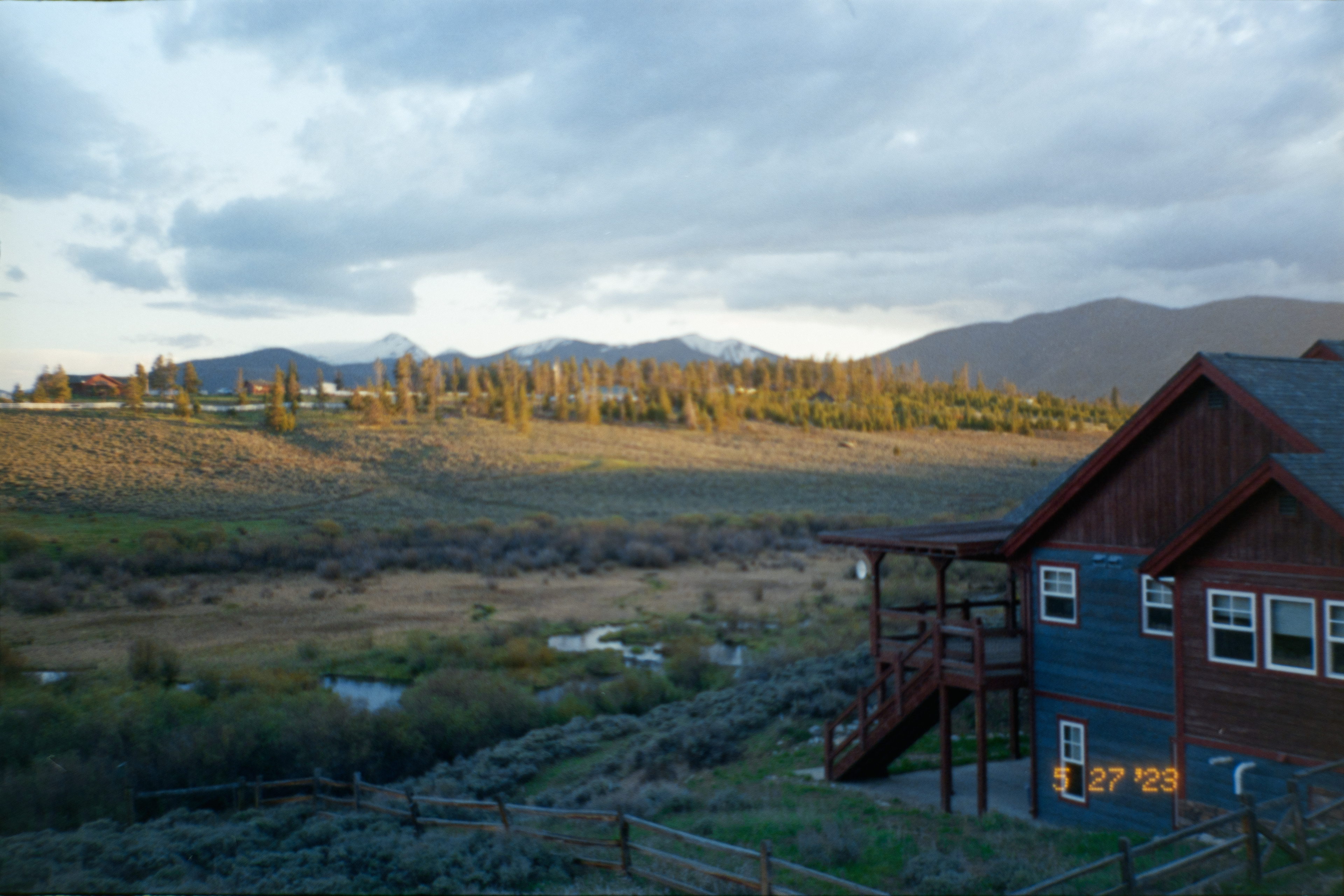
f/3.5 Scan
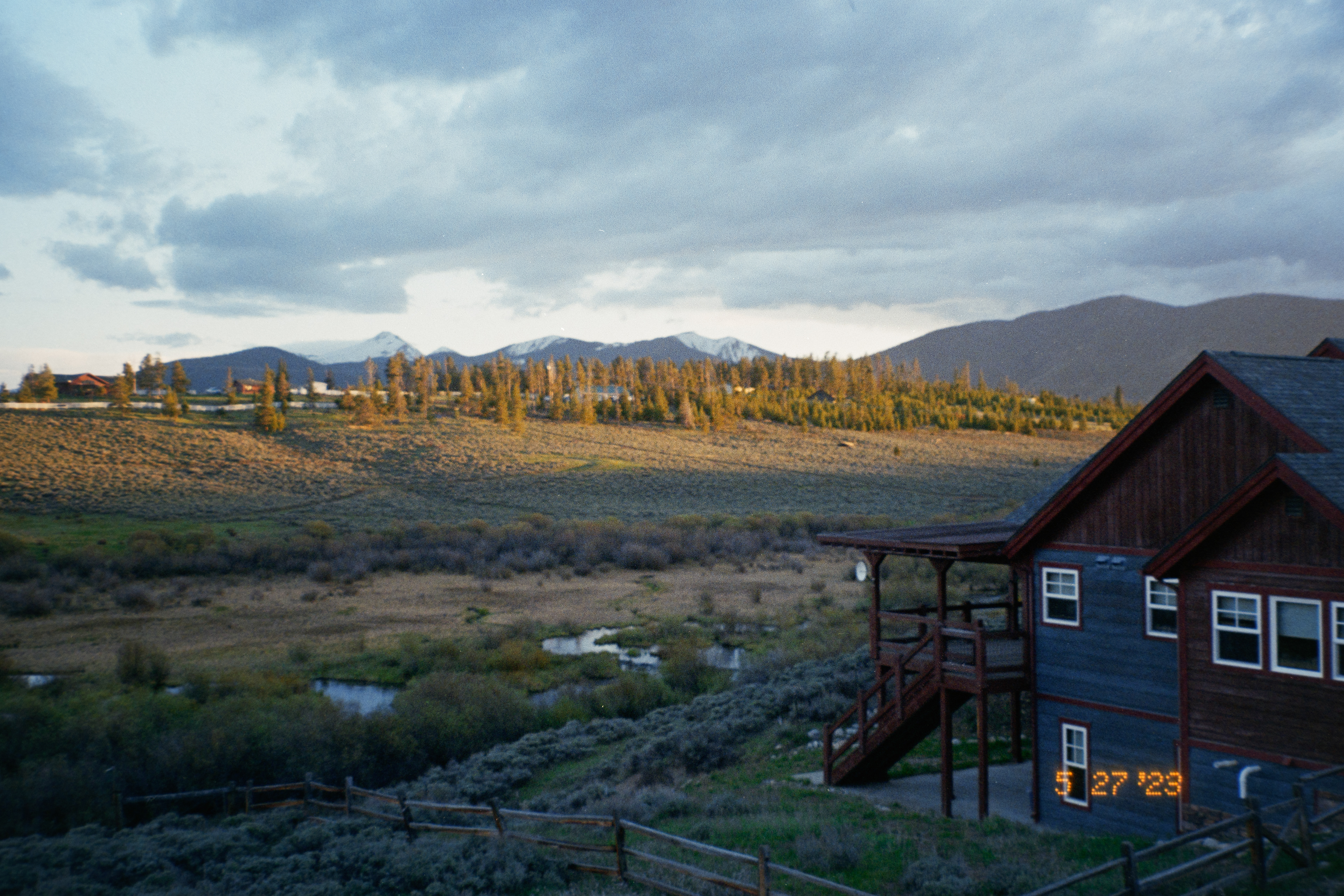
f/8 Scan
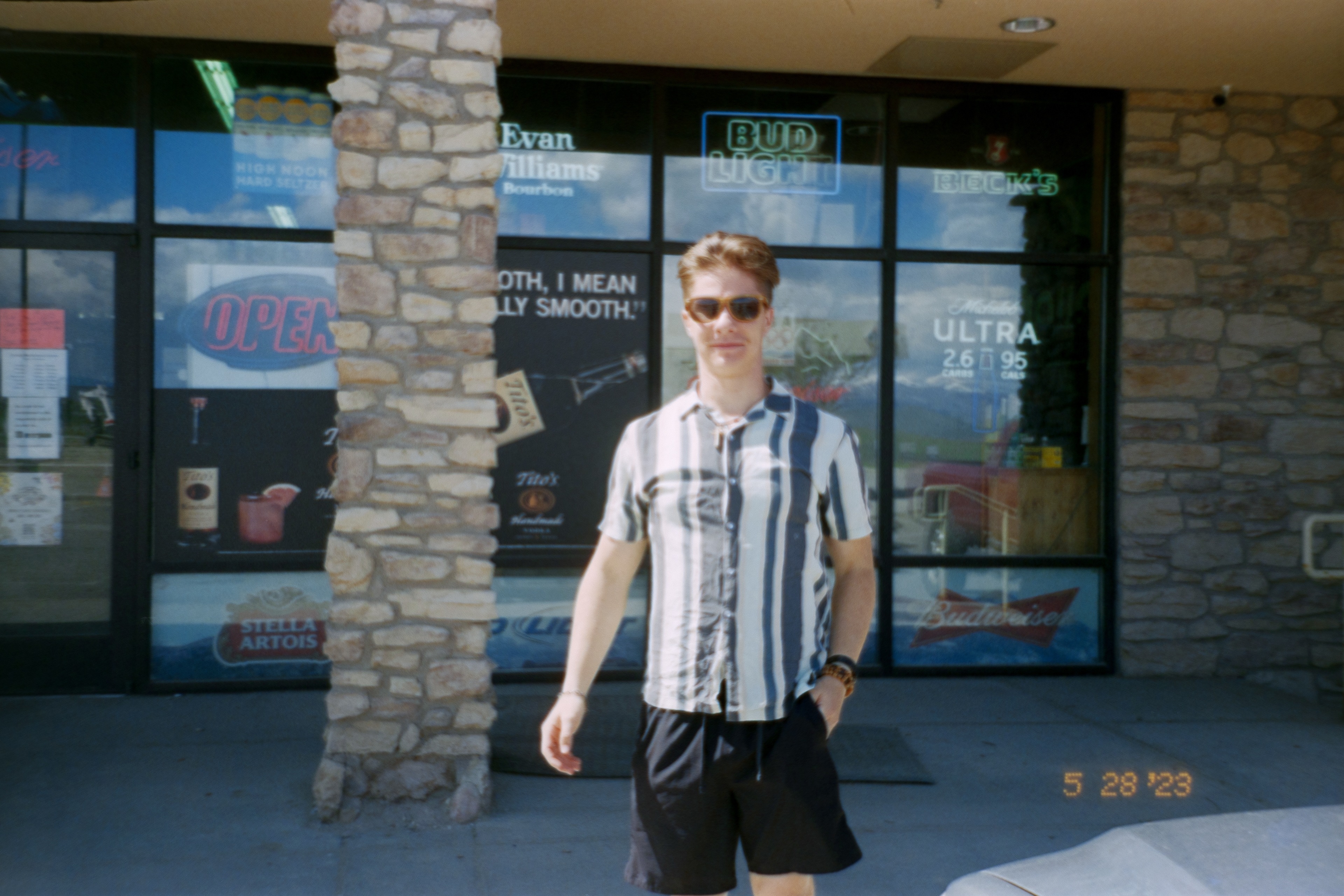
f/3.5 Scan
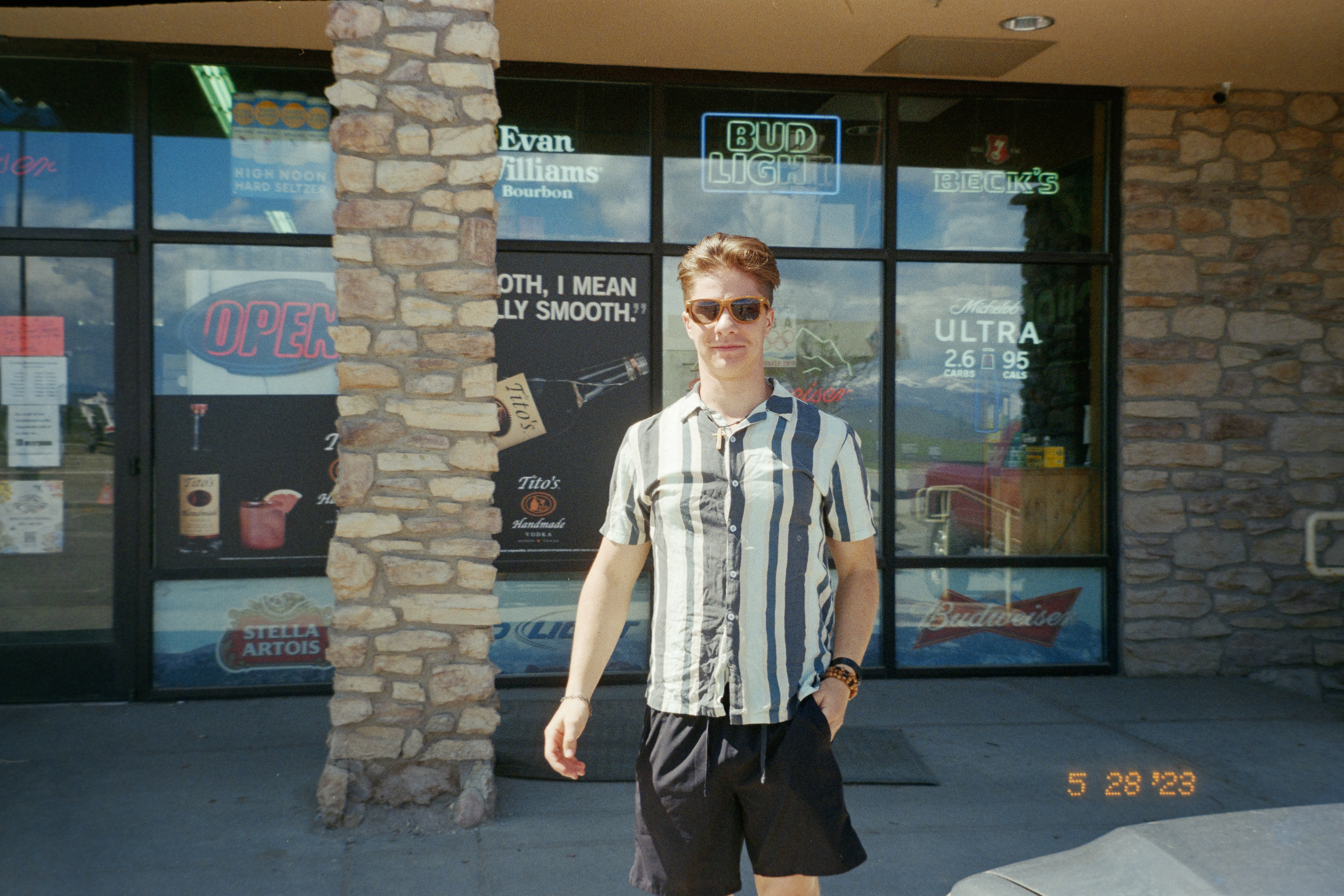
f/8 Scan

f/3.5 Scan
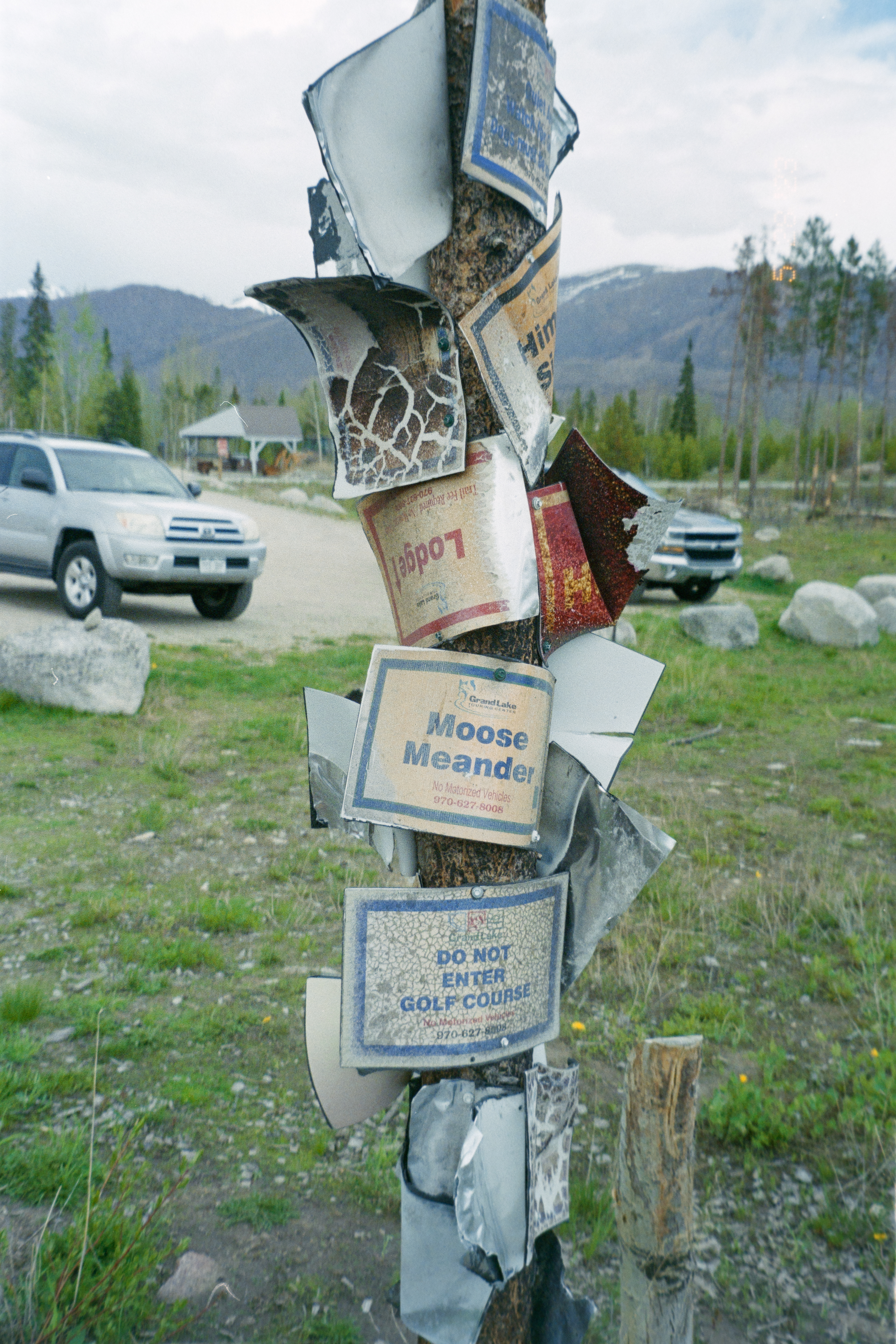
f/8 Scan
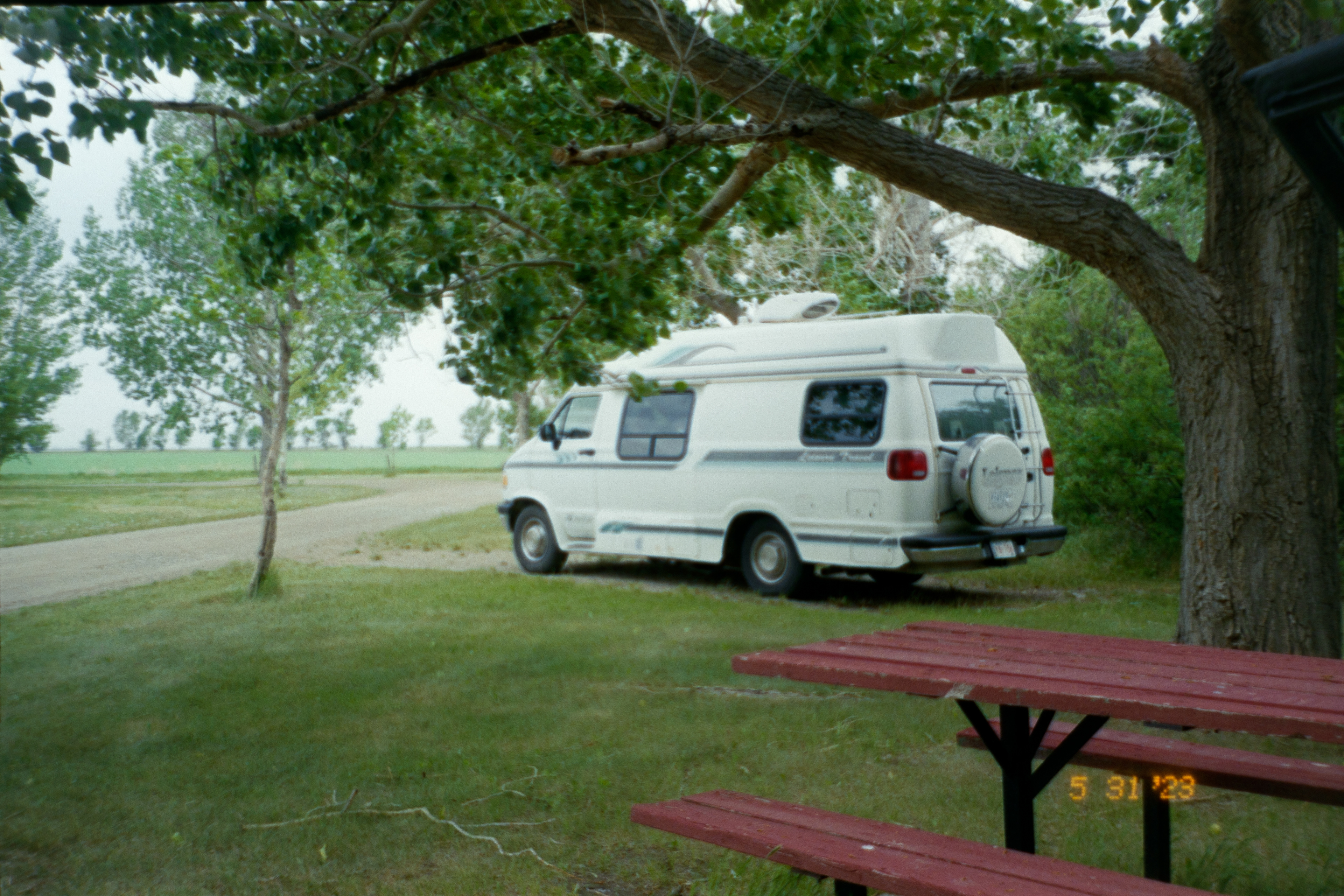
f/3.5 Scan
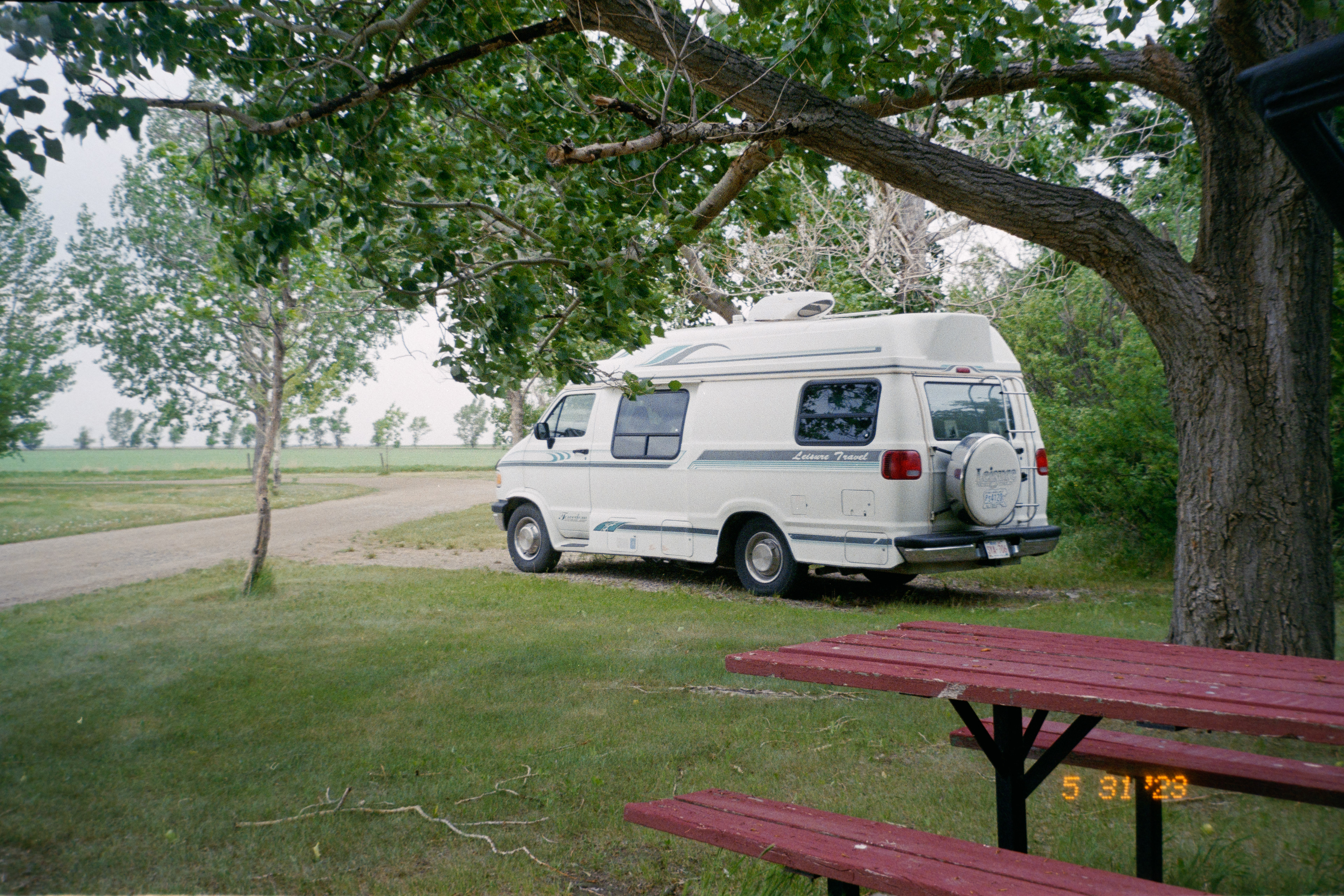
f/8 Scan
These four examples all come from a roll of Fuji 200, shot on a Canon Sureshot Zoom 76. I think the results speak for themselves, each scan at f/8 is far superior to those at f/3.5. I was surprised just how drastic the difference is, however. This Canon point & shoot doesn't have the sharpest lens in the world, so I thought the lens would also be contributing to the f/3.5 lack of quality. When I look at the f/8 photos though, I think the lens did just fine and its issues aren't nearly so pronounced.
Seeing as I redid two rolls of scans/conversions, I thought I may as well add a few more examples just for the sake of it. The following photos are from a roll of Portra 160 - feel free to open each image and zoom as you go through them, it's the best way to see the differences in sharpness and quality!
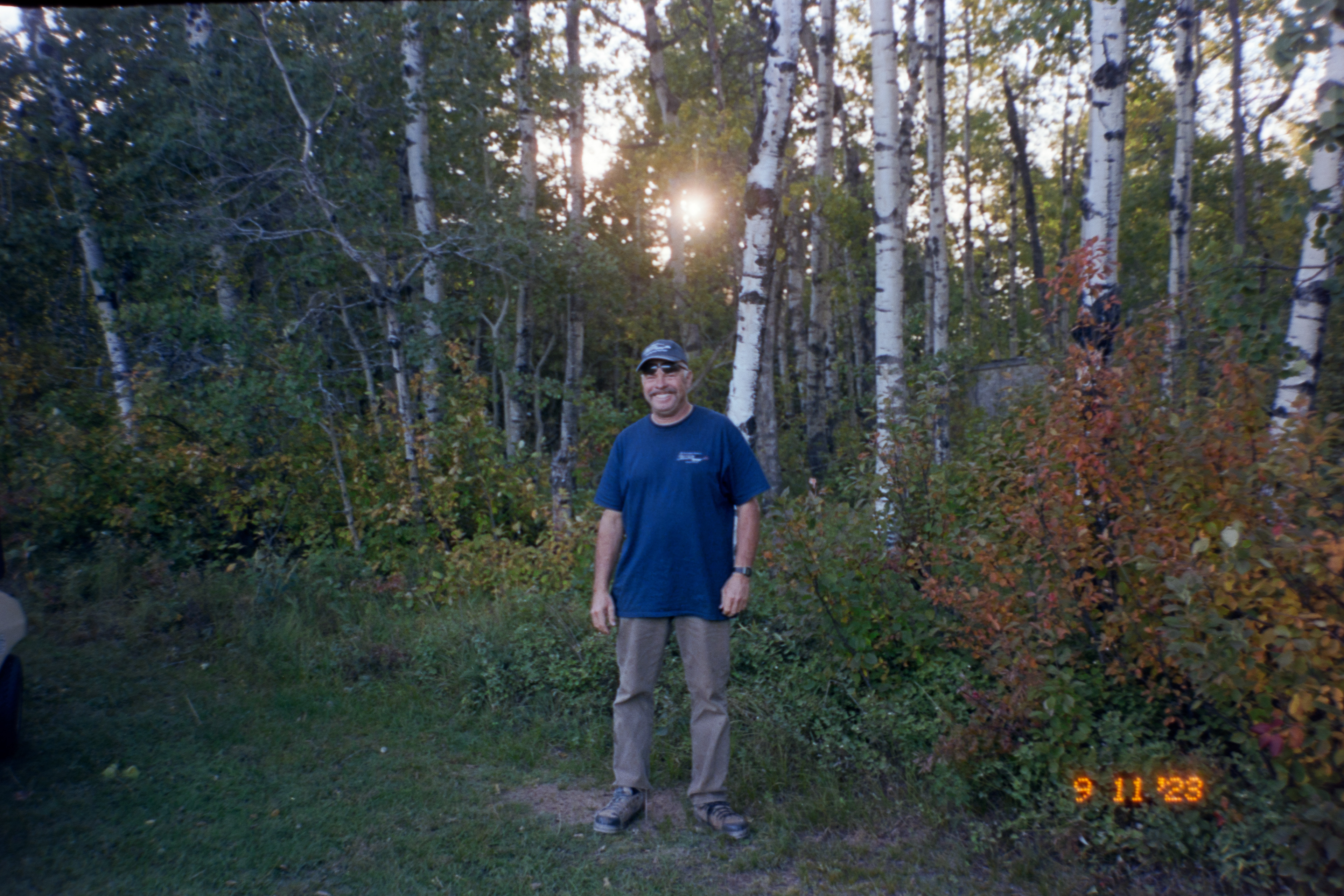
f/3.5 Scan
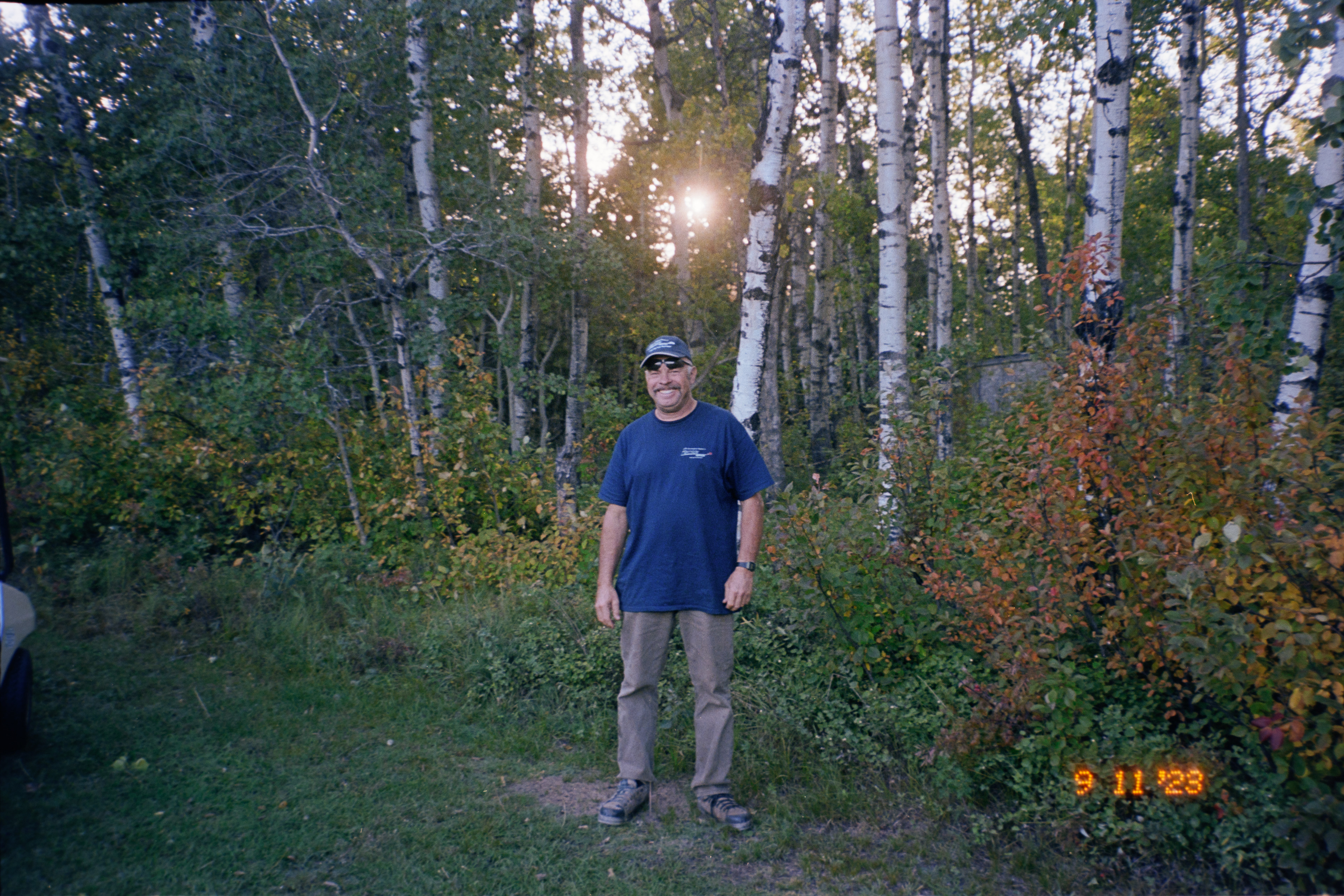
f/8 Scan
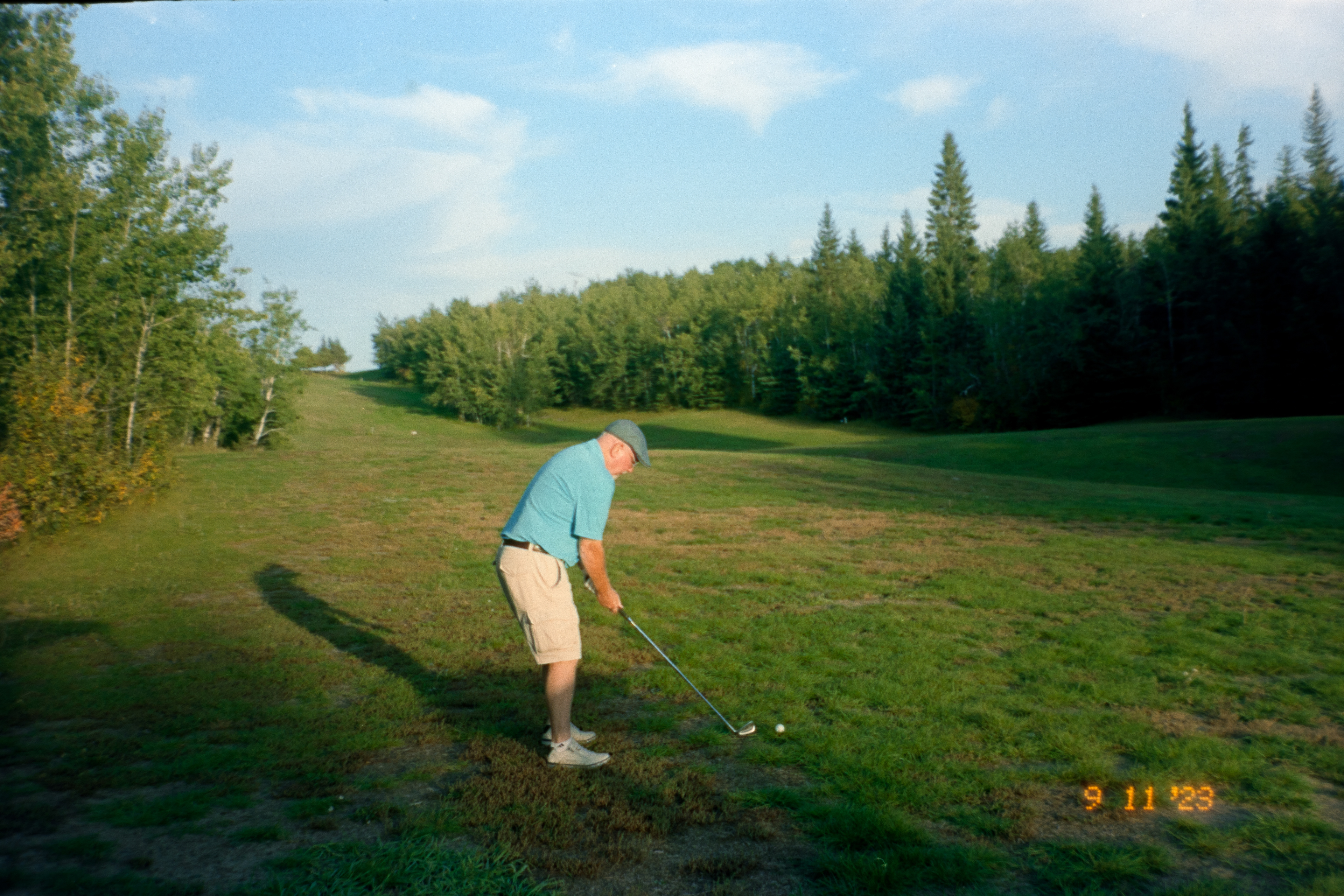
f/3.5 Scan

f/8 Scan
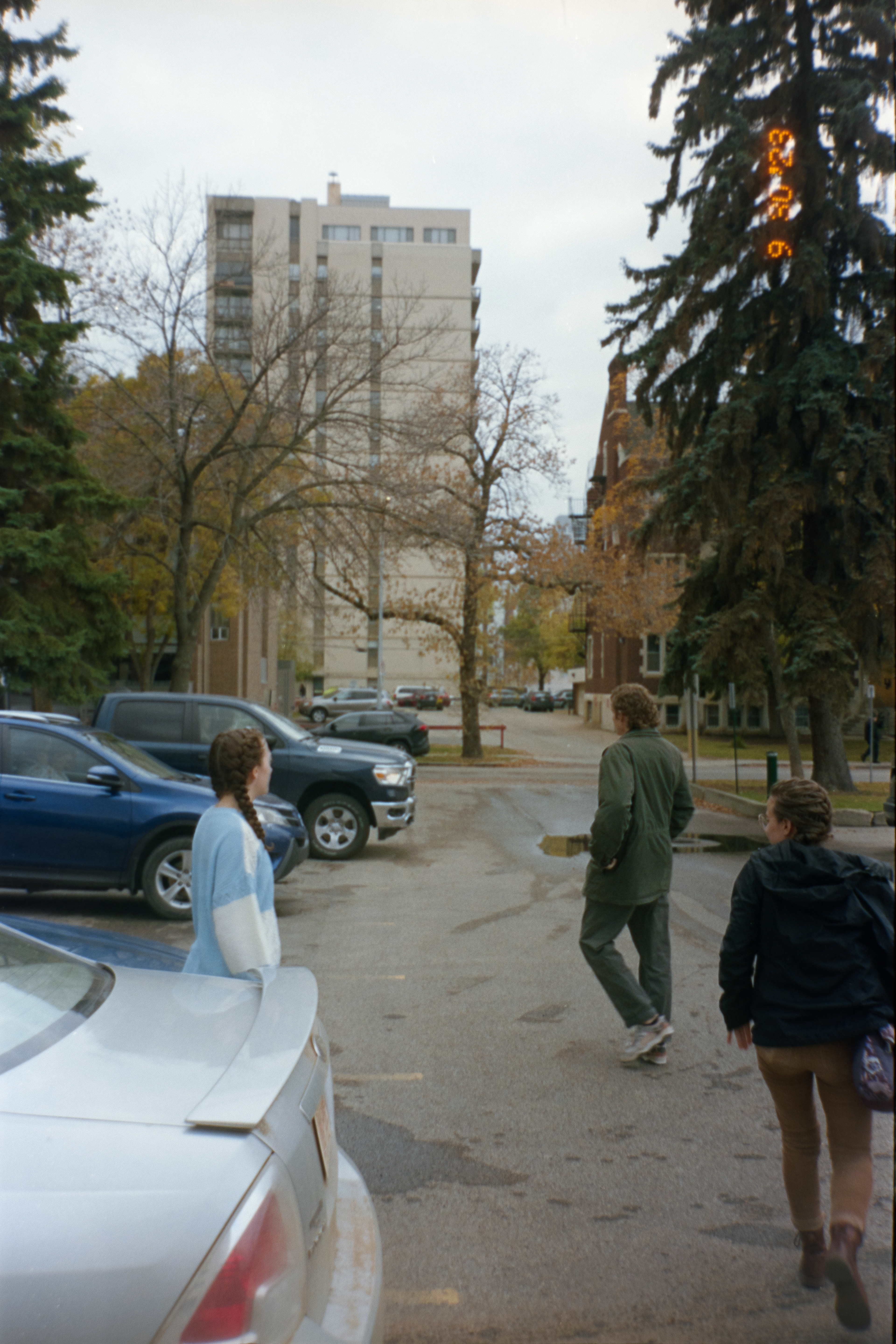
f/3.5 Scan

f/8 Scan

f/3.5 Scan

f/8 Scan

f/3.5 Scan

f/8 Scan
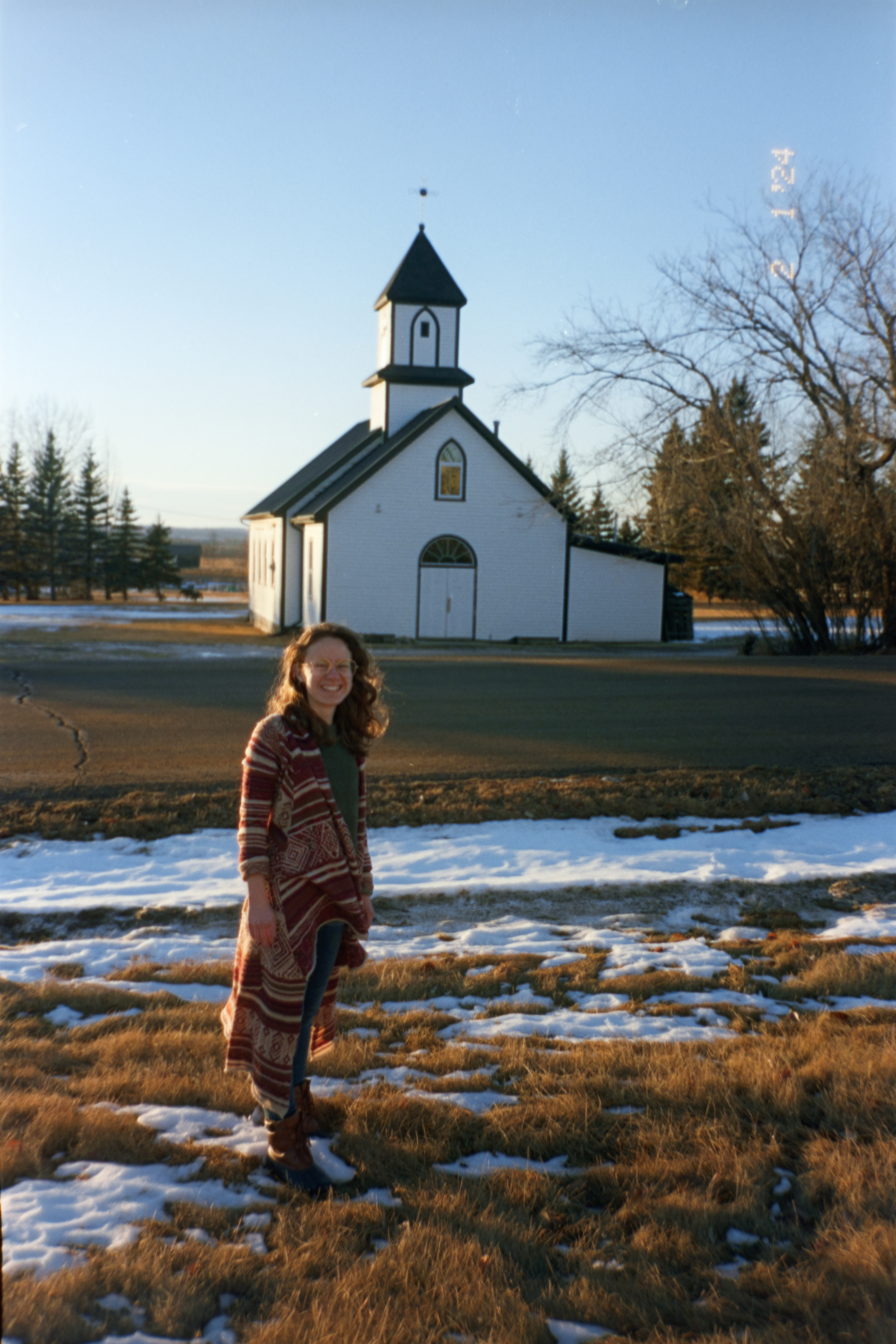
f/3.5 Scan


